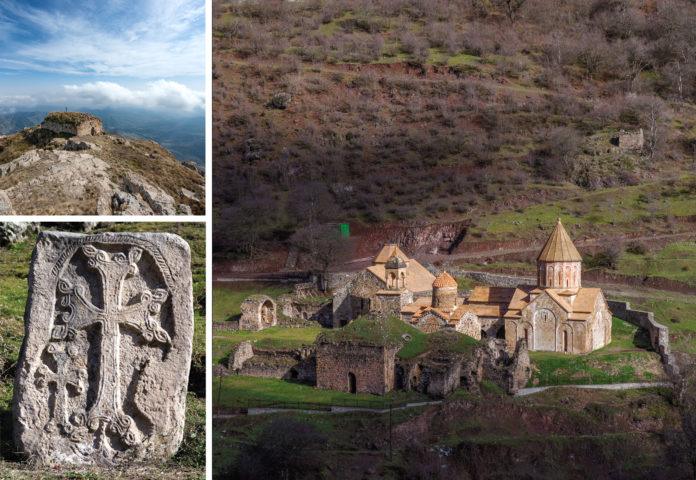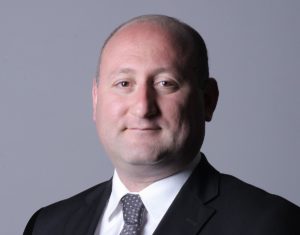NEW YORK – The New York-based Eastern Diocese of the Armenian Church of America has created a special committee to protect the endangered Armenian heritage sites of Artsakh. The group composed of academic researchers and clergy was formed in the aftermath of the 2020 Artsakh war, with the blessing of Diocesan Primate Bishop Daniel Findikyan.
With the surrender of territories in Artsakh containing numerous Armenian monasteries, churches, cultural sites, and monuments, the working group aims to advocate for the preservation of these Armenian treasures, while informing the public of their historical importance.
Led by Dr. Rachel Goshgarian, assistant professor of history at Lafayette College and a former director of the Eastern Diocese’s Krikor and Clara Zohrab Information Center, the Artsakh Preservation Working Group met on December 29 and January 14 to discuss measures that intellectuals, academics, and clergy could take to complement the preservation efforts already set in motion by the Mother See of Echmiadzin.
Participating in the meetings were Archbishop Vicken Aykazian (Diocesan Legate and Ecumenical Director); Fr. Garegin Hambardzumyan (Mother See of Echmiadzin), Fr. Simeon Odabashian (Diocesan Vicar); Dr. Christina Maranci (Arthur H. Dadian and Ara Oztemel Professor of Armenian Art and Architecture at Tufts University), Dr. Nicole Vartanian (Executive Director of the Weatherhead East Asian Institute at Columbia University), and Dn. Armen Terjimanian.
Bishop Hovakim Manukyan (Primate of the Armenian Diocese of the United Kingdom) and Fr. Pakrad Berjekian (Vicar General of the Western Diocese of the United States) also participated in individual meetings.
Combatting Disinformation and Destruction









